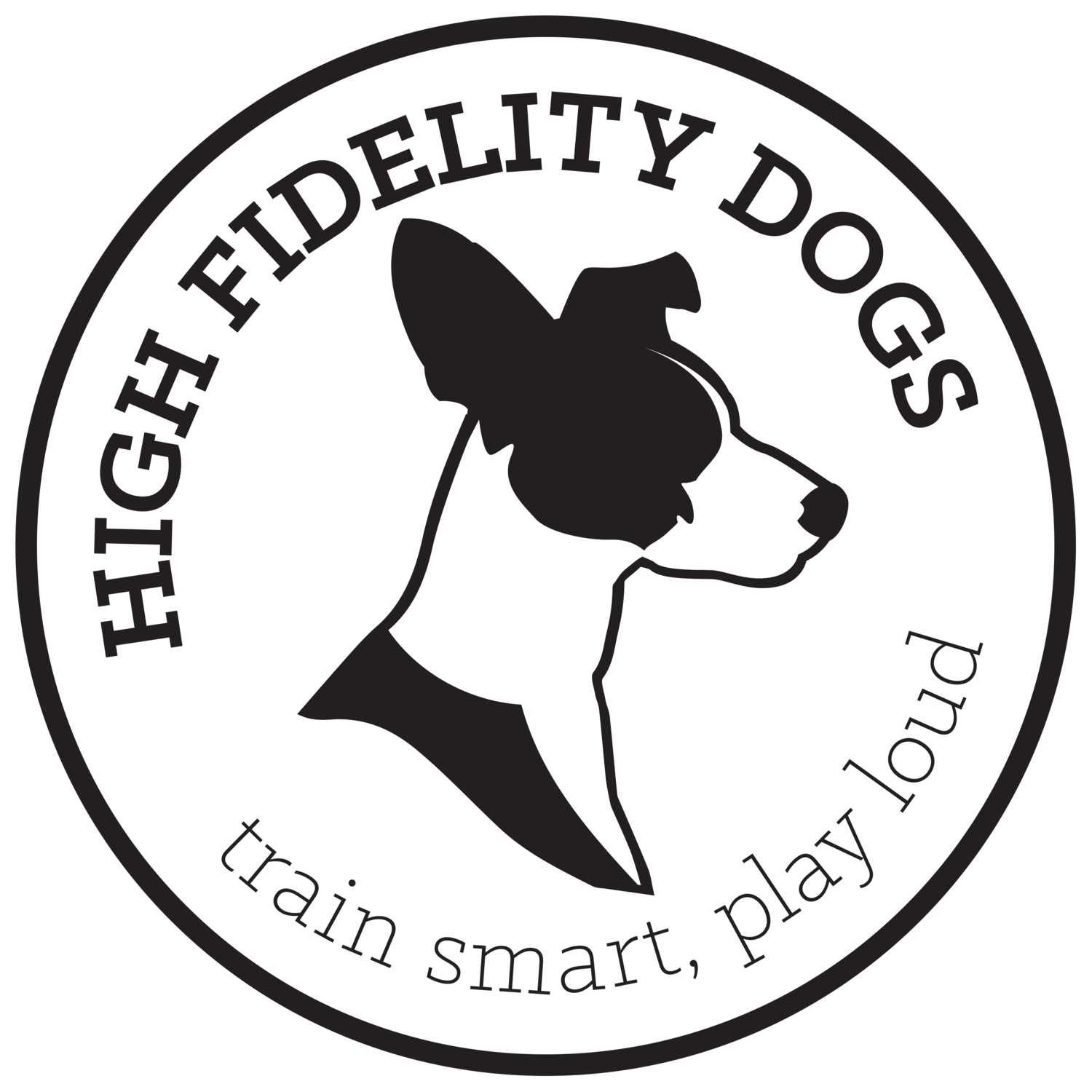Agility class for reactive dogs is a bad idea, but I offer one anyway.
Reactive dogs-you know the ones that start spinning and barkscreaming when they hear the jingle of dog tags? The neighborhood dog you cross the street to avoid while walking your dog? The one in obedience class that air-snapped at you when you went to pat it’s pretty widdle head? Am I really putting dogs that are constantly over threshold all in the same room to hard stare each other and jack them up even further by adding speed and adrenaline?
Nope. Not happening. There’s a lot of dogs you may see everyday and you don’t ever know they have some, let’s politely say, issues. No dog is perfect but some dogs are a bit more tightly wound than others. There’s great help for whackjob and wingnut dogs now. Vet behaviorists, behavior consultants, medications, and behavior protocols plus lots and lots of hard work by owners can make real and lasting change.
As a behavior consultant and trainer, I know how hard owners work. I also have had two very reactive dogs. It ain’t easy. Behavior protocols and data collection are boring at best. Scent work is an amazing activity for reactive dogs and has played an integral role in helping many of my clients’ dogs make huge progress. But there’s no denying the appeal of agility. There’s something about cross-species communication while flying around an obstacle course that is undeniably exciting and highly reinforcing to both dog and handler.
A well run agility class specifically for reactive dogs can help owners relax and have fun. It should be a space where the beings on both ends of the leash can take a breath and laugh.
Agility class for reactive dogs? Heck yeah!! Here are the crucial points to manage:
Handlers
Everyone in class has done hard work on behavior change. It’s not the first option for a reactive dog and is meant to complement private instruction.
Students are aware and have mad skills that allow them to manage their dog while respecting the needs of other teams.
Dogs
Dogs are at a point where going to a training space with dogs in crates or cars is not an immediate trigger to go over threshold.
The dog is comfortable and able to work with specialized equipment to ensure success such as a double leash, head halter, or muzzle.
Trainer
The agility trainer must not only have a solid understanding of how to teach an agility class but most importantly knowledge of behavior. Exercises should be broken down to ensure generous reinforcements at a very high rate. The trainer should be alert to subtle signs of a dog spiraling up in arousal and have an array of tools to diffuse, distract and re-direct.
Environment
Dogs can enter and exit the facility, including potty breaks, with zero chance of unexpectedly meeting another dog. This can be arranged by having the class as the last class of the night, having other members of class be escorts for teams and using volunteers.
Some dogs are more comfortable in the car. If the dog is in the car, she should be crated and covered so won’t be triggered or trigger dogs walking by. Alternately, the entire car can be covered.
Dogs that can wait in a crate must each have a separate space. The space can be in a bathroom, closet or other creative use of small nooks. If that’s not possible, dogs in crates must be surrounded by a visual and physical barrier like ring gates or sturdy x-pen covered with fabric to minimize any dog unexpectedly approaching the crate.
Class size must be reduced in order to allow the extra time it takes to move dogs and to ensure dog’s safety.
Expectations
Owners must be on board with taking time and care in successfully moving dogs in and out of the training space.
Progress in learning obstacles and handling may never translate into being able to handle all the stresses (aka behavioral shitshow) at an agility trial. However, there is an agility league where runs are submitted on video.
Six Week Course - $200
Thursdays, 8:00p-9:00p at 143 Bow St, Everett, MA
Each class is limited to four dogs (sorry, full)

